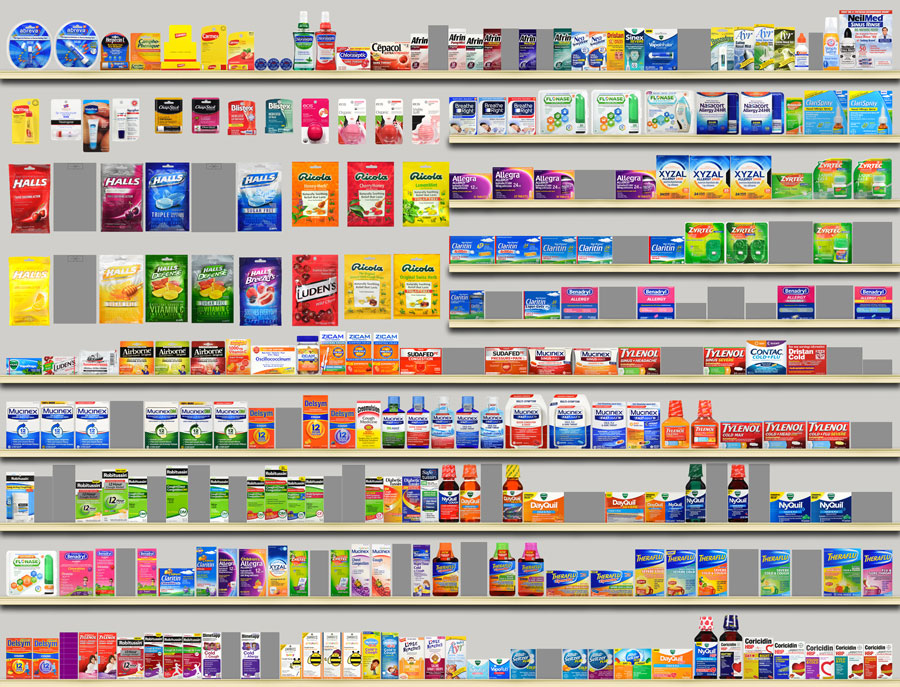Retailers are petrified using the recent fall in foot traffic with brick-and-mortar stores. Typically the closure of hundreds of retail retailers from established brands like Payless, Radioshack, and Kmart, seen in this decade, provides to their fear. In this state of panic, CPG firms have abandoned the basics involving retail merchandising above intense efforts to be able to digitize their organizations. Undeniably, an on the internet presence is vital but forgetting store basics causes more damage. More as compared to ever, effective execution of fundamental guidelines such as Planogram Compliance is required for retail achievement amongst millennials and Gen Z.
A new Bonafide Statement — Facts never sit! Another interesting simple fact, > 60% pay for decisions are created from the point involving sale. It demonstrates visibility, presentation, and also a calculated rotational approach of products is vital for inspiring sales. All of these placement decisions are produced by means of a planogram. A highly effective planogram creates a new substantial impact upon customers, driving these people towards purchasing the particular product. This effects emphasizes the output from planogram conformity and loss by non-compliance.
This content should understand typically the planogram; its conformity, the importance of POG automation intended for retail success, in addition to the eventual rewards.
What is a Planogram?
The basic definition states Planogram as an aesthetic representation of product or service placement within a store to maximize sales and minimize wasted space. That is created by a shop manager or a person in the advertising/marketing/sales team. Earlier, planograms circulated as schematic diagrams, but lately, they may be managed electronically on electronic equipment, thanks to SaaS-based applications.
Before the planogram creation, complete shopper research must be done. CPG companies are responsible for categorizing their very own products and studying the current industry trends. An information into how customers shop in that category is important within creating an effective planogram. Marketing or Industry Research teams must be keen at every minute detail. Some sort of small mishap can incur substantial losses.
To enunciate, let us take the particular sort of “Project Impact, ” a this year project from Walmart. The project’s major goal was to be able to increase space inside superstores and enhance the overall purchasing experience. To attain this goal, Walmart removed 10% involving SKUs, approximately 15, 000 SKUs, by select superstores at prime locations. cumplimiento del planograma as Jam and Jellies, that they found to become the reason for messy stores, were portion of this removing.
As forecasted by Walmart’s research group, the changed would affect shopper knowledge positively. The administration was happy using the change, and the project deemed a success. Yet , they failed to take notice of the slow drop in sales. The decision that quickly turned into a tragedy. Over the next 2 years, sales declined drastically at these types of superstores. By the time Walmart administration realized their blunder, losses had racked up to $2 billion. A big loss when compared with their competitors, which produced “Project Impact” in order to its end.
On investigation, they discovered that Walmart’s exploration team neglected the particular exclusive nature regarding these products. Sure, it was simply Jam and Jello, most shoppers arrived to these stores for buying them. By removing these products, frustration levels of shoppers increased because they had to go to other retailers only to buy jelly. So, rather of traveling for one product, they started grocery buying at Walmart’s competitors. This shopper behaviour led to low sales of other SKUs and an overall loss for your store.

Moral of the account: Do proper analysis before changing planograms or creating fresh ones. While enhancing store/shelf space plus concentrating on client experience are essential, taking decisions with no an in-depth analysis of product overall performance should be evaded.
